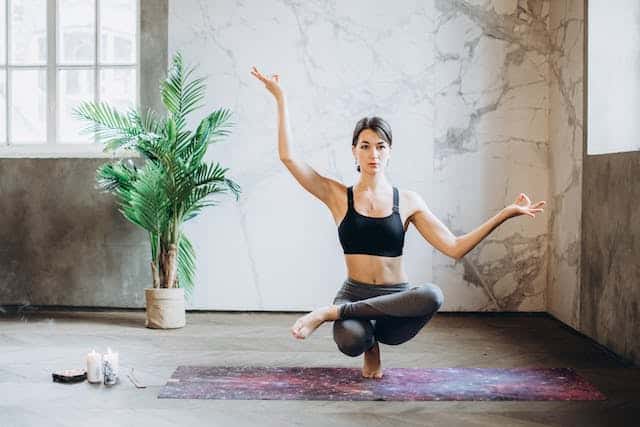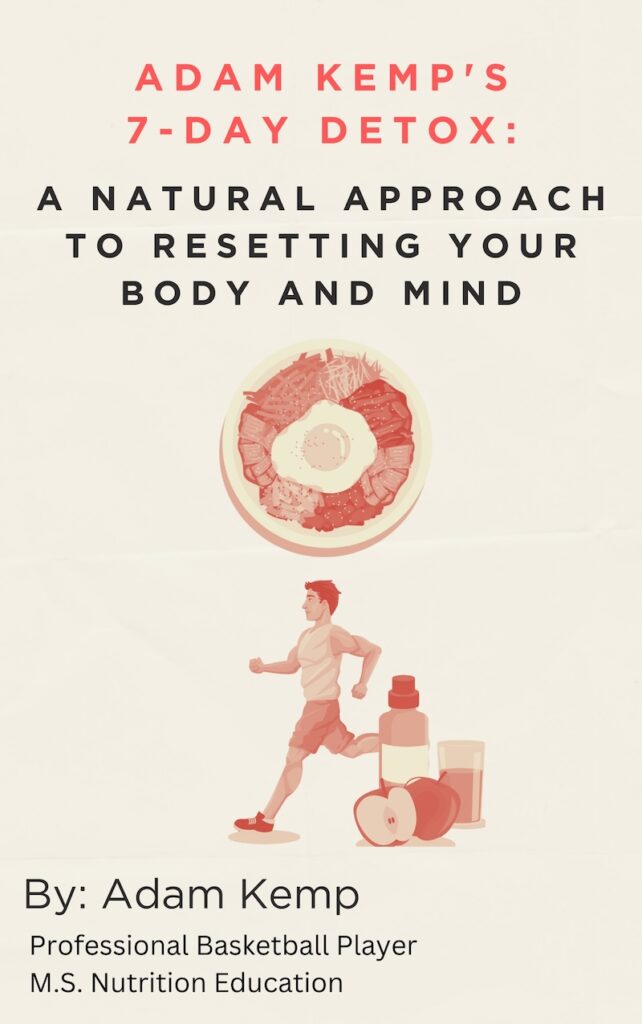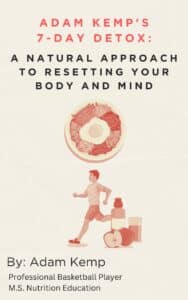How Long Does It Take to Become a Yoga Teacher?
Becoming a yoga teacher is often viewed as a fulfilling and transformative experience, but it’s important to understand its deeper implications before making the commitment.
While yoga has become a popular way to support flexibility and stress relief, its roots in Eastern spiritual traditions and pagan practices may not align with the values of everyone seeking a fitness career, and yoga itself is lacking on several levels for physical and mental health improvements.
Fortunately, there are numerous other paths to becoming a fitness professional that offer even greater physical and mental benefits without the spiritual components of yoga.
For those still considering yoga teacher training, the time it takes to become a yoga instructor depends on various factors, including the type of certification program, your schedule, and your long-term goals.
However, for those looking for an alternative, pursuing careers such as personal training, athletic training, or physical therapy can provide deeper health benefits and a more meaningful impact on people’s lives.
This article explores how to become a yoga instructor and how long it usually takes, as well as better alternatives, such as pursuing careers such as personal training, athletic training, or physical therapy can provide deeper health benefits and a more meaningful impact on people’s lives.
How Long it Takes to Become a Yoga Teacher or Follow an Alternative Fitness Path
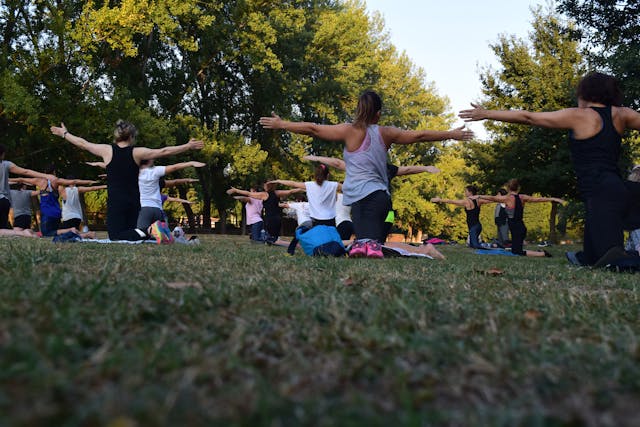
The first step in becoming a yoga teacher—or any fitness professional—is selecting a training program that aligns with your goals and beliefs.
Yoga teacher training programs come in different levels, but alternative certifications in personal training, athletic training, or strength coaching provide even more well-rounded knowledge for helping others improve their fitness and well-being.
200-Hour Yoga Teacher Training
This is the foundational yoga certification, typically taking 4 to 6 months if done part-time or 4 to 6 weeks full-time.
However, instead of yoga, an aspiring fitness professional can consider becoming a Certified Personal Trainer (CPT) through organizations like NASM, ACE, or ISSA. Personal trainers help people achieve their fitness goals while focusing on exercise science rather than spiritual practices.
These certifications can also be obtained within a similar timeframe.
300-Hour Yoga Teacher Training
For those seeking to deepen their yoga expertise, this training builds on the 200-hour course and takes between 3 months and a year.
However, a Certified Strength and Conditioning Specialist (CSCS) certification offers a more structured approach to fitness by focusing on improving athletic performance, injury prevention, and scientific training methods.
This certification typically takes about 3 to 6 months to complete and provides a higher earning potential and career longevity than yoga instruction.
500-Hour Yoga Teacher Training
The highest level of yoga certification combines both 200-hour and 300-hour training and can take 1 to 2 years.
However, pursuing a career as a Physical Therapist (PT) or Athletic Trainer (ATC) provides a much greater opportunity to help others recover from injuries and improve their movement quality.
These careers require more education but lead to well-respected and financially stable professions that prioritize evidence-based exercise science.
Full-Time vs. Part-Time Training
Whether choosing yoga training or an alternative fitness path, deciding between a full-time or part-time program impacts the duration.
Full-time programs (4 to 6 weeks for a 200-hour yoga course) allow for quicker completion, while part-time programs take several months.
Similarly, a CPT or CSCS certification can be completed within a few months, depending on the study pace, and offers more comprehensive training in strength, mobility, and cardiovascular fitness.
The Downsides of Becoming a Yoga Teacher and Better Fitness Alternatives
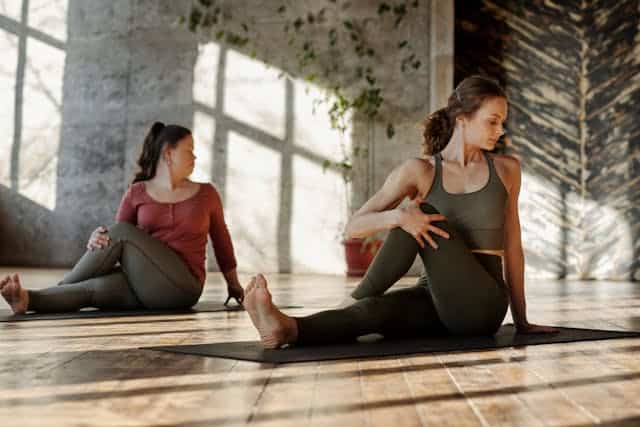
While yoga is often praised for stress reduction, flexibility, and mindfulness, other forms of fitness training offer superior long-term physical health benefits without esoteric spiritual connections.
Strength Training for Longevity and Bone Health
Unlike yoga, strength training improves bone density, muscle strength, and metabolic function—all critical for long-term health and longevity.
Regular resistance training prevents osteoporosis, boosts cardiovascular function, and enhances overall physical resilience far more effectively than yoga poses.
Mobility Workouts for Flexibility
Mobility training, including dynamic stretching, resistance band work, and corrective exercises, enhances flexibility and movement efficiency without any ties to Eastern religious practices.
Programs like Functional Range Conditioning (FRC) and Dynamic Neuromuscular Stabilization (DNS) provide a science-backed way to improve movement quality while preventing injuries.
Prayer True Mental Clarity & Stress Relief
Yoga is frequently marketed as a stress-relieving practice, but combining prayer with strength training, cardiovascular workouts, and mobility training can offer significantly greater mental and physical benefits.
Rather than relying on meditation techniques rooted in spiritual traditions, individuals can turn to prayer and purposeful movement to cultivate peace, resilience, and discipline.
How to Develop Teaching Experience (In a Better Fitness Career)
Regardless of whether one chooses yoga or another fitness career, gaining hands-on experience is crucial for becoming an effective teacher.
While yoga teachers often begin by teaching small classes, personal trainers and strength coaches can intern at gyms, work with athletes, or train clients one-on-one to develop their expertise.
For those looking to build a financially stable and fulfilling fitness career, consider these paths:
- Personal Trainer – Work one-on-one with clients to help them reach their fitness goals.
- Certified Strength Coach – Train athletes and fitness enthusiasts for performance and injury prevention.
- Athletic Trainer – Provide injury prevention and rehabilitation for athletes and active individuals.
- Physical Therapist – Help individuals recover from injuries and improve movement function.
- Corrective Exercise Specialist – Focus on movement efficiency and injury prevention.
Final Thoughts: Finding a Meaningful Fitness Career Path
The time it takes to become a yoga teacher varies depending on the program and personal commitment.
However, there are more effective and fulfilling paths in the fitness industry that don’t involve yoga’s spiritual roots.
Becoming a personal trainer, strength coach, athletic trainer, or physical therapist provides greater long-term health benefits and career stability while aligning with faith-based values.
If you’re passionate about helping others improve their fitness, mobility, and overall well-being, explore these alternative career paths and discover how true strength, resilience, and faith can transform lives in a way that goes beyond yoga’s traditions.
Read Next: Essential Tips for Aspiring Fitness Trainers

